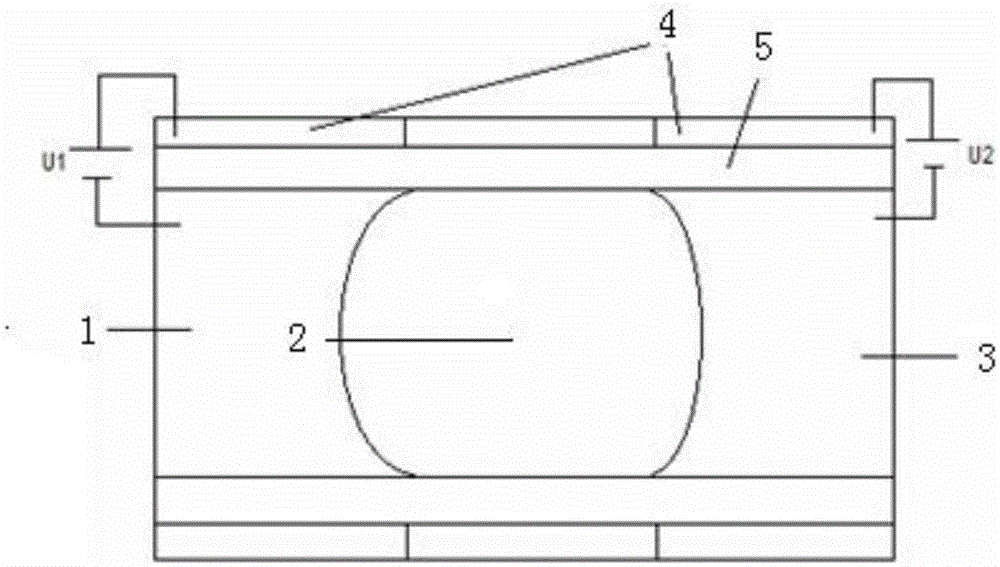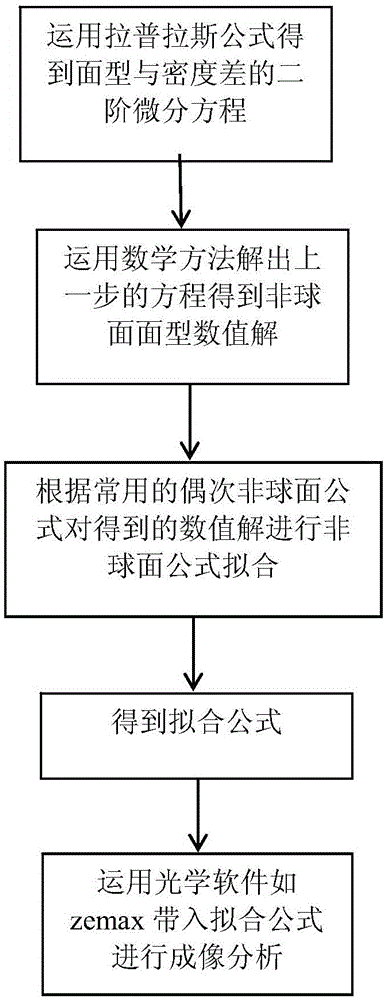Aspheric surface analysis method for simulating human eye crystalline lens based on three-liquid lens structure
A liquid lens and analysis method technology, applied in the field of aspheric analysis, can solve problems such as affecting the imaging effect, and achieve the effect of simple structure
- Summary
- Abstract
- Description
- Claims
- Application Information
AI Technical Summary
Problems solved by technology
Method used
Image
Examples
Embodiment Construction
[0023] Below in conjunction with accompanying drawing, technical scheme of the present invention is described in further detail:
[0024] Such as figure 1 Shown is the structure of an aspheric human eye lens, which includes a cylindrical tube, a first conductive liquid arranged in the cylindrical tube, an insulating liquid, a second conductive liquid, a hydrophobic dielectric layer and a conductive layer; wherein the insulating liquid is placed in the first Between the conductive liquid and the second conductive liquid, the hydrophobic dielectric layer is located on the upper surfaces of the first conductive liquid, the insulating liquid and the second conductive liquid, and the conductive layer is located on the hydrophobic dielectric layer; in the first conductive liquid, the second A voltage is applied to the conductive liquid, and the voltage is used to change the contact angles of the first conductive liquid, the second conductive liquid and the insulating liquid.
[002...
PUM
 Login to View More
Login to View More Abstract
Description
Claims
Application Information
 Login to View More
Login to View More - R&D
- Intellectual Property
- Life Sciences
- Materials
- Tech Scout
- Unparalleled Data Quality
- Higher Quality Content
- 60% Fewer Hallucinations
Browse by: Latest US Patents, China's latest patents, Technical Efficacy Thesaurus, Application Domain, Technology Topic, Popular Technical Reports.
© 2025 PatSnap. All rights reserved.Legal|Privacy policy|Modern Slavery Act Transparency Statement|Sitemap|About US| Contact US: help@patsnap.com


